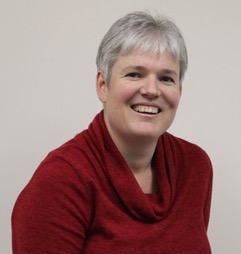As a mediator I often get asked “How can you tell if people will be able to reach agreement?’
It’s a question I’ve been pondering all the 20+ years I’ve worked in the family law system. And this is my current best answer:
People are likely to reach agreement if they can find and hold onto the kernel of good intent
Like many things in life, when people talk about separated couples they mainly talk about people at either end of a spectrum. We hear of people at war with each other. And we’re told about former couples who manage to forge a genuine friendship after their intimate relationship ends. But neither of these situations are the norm.
Most separated couples want to do right by each other and give their children the gift of amicably separated parents. But they find it hard to live up to those aspirations. Their good intentions get buried under layers of distress: feelings of anger and sadness; fear about the uncertainty of their future; and broken trust. Sometimes the good intent is so buried they can’t even see it themselves.
When I work with a separated couple my first step is a private meeting with each person. In those meetings I’m looking for that kernel of good intent and finding out how buried it is. I use that information to design a dispute resolution process that is just right for these particular people at this particular time.
Sometimes people are in a place where they can talk through the layers – show each other their vulnerability and start to rebuild trust. When this is possible mediation can be a place where that kernel of good intent germinates and a co-operative co-parenting relationship starts to grow.
For other families I work with, the wounds of separation are still too raw. For these couples my role as a mediator is to help them agree on temporary arrangements that give them space to heal. And to help them see the possibility of uncovering the kernel of good intent in the future.




